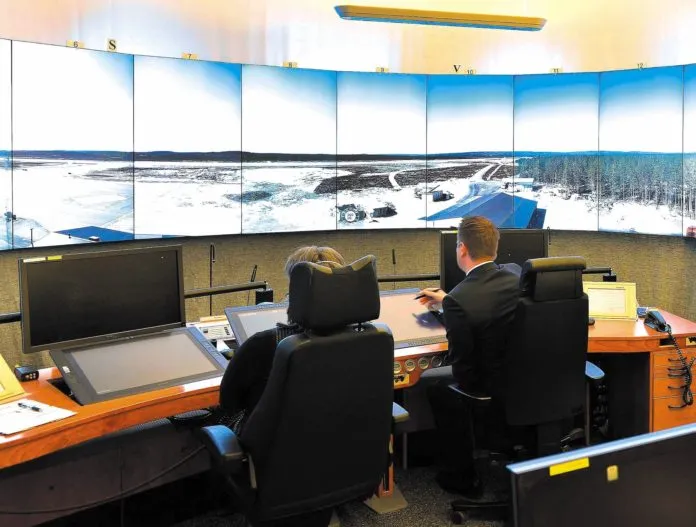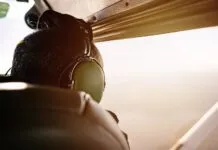On October 5th the president signed the FAA Reauthorization Bill of 2018 into law. It contains important provisions that directly affect how the FAA operates and how we fly. There is much in the law that we care about as pilots and airspace system users.
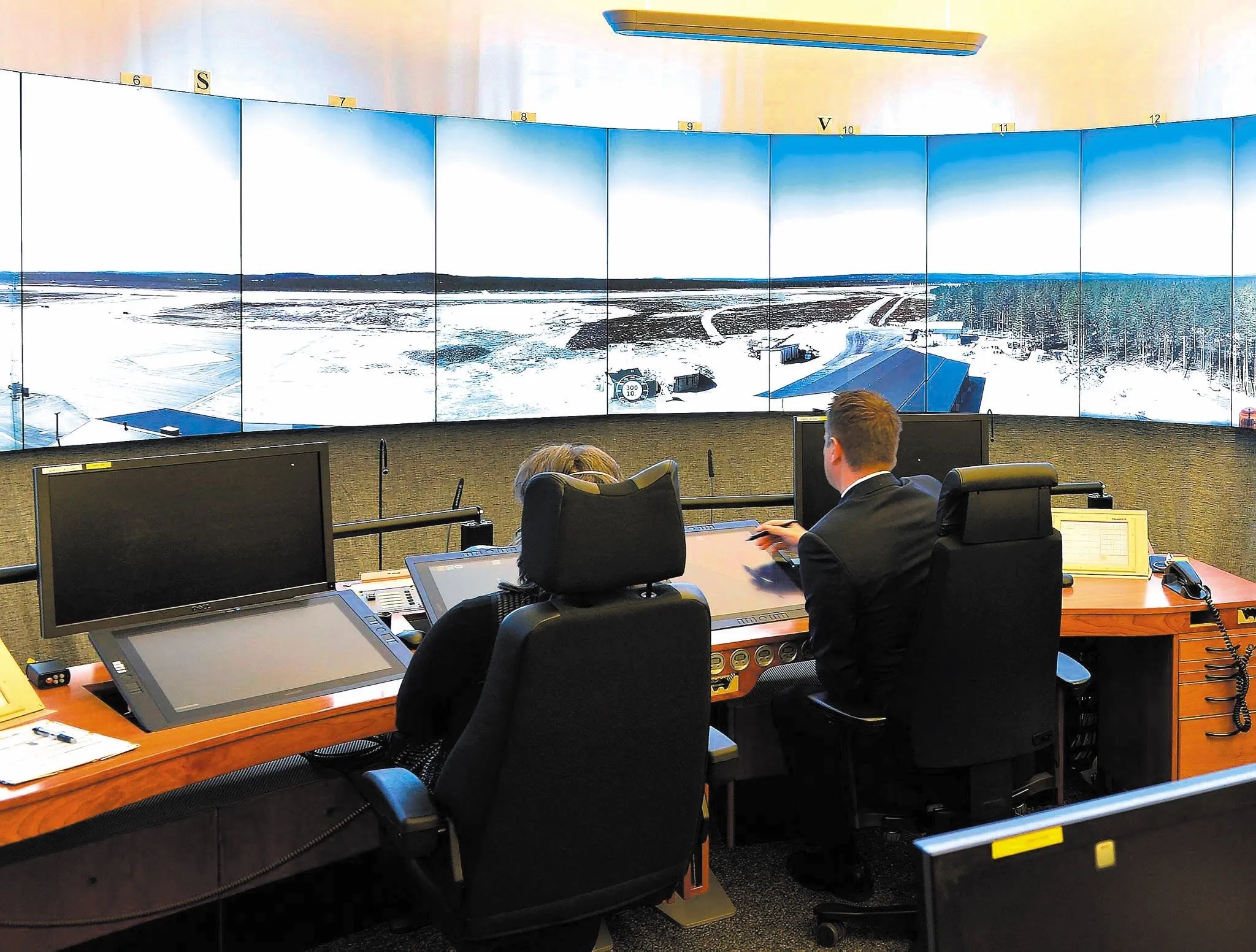
Funding
In passing the longest-term FAA funding bill since 1982, the FAA will be funded for Fiscal Years 2018-2023, totaling $90 billion. This is a vast improvement over the 23 continuing resolutions that funded the FAA in short-term chunks since 2012, complicating planning and operations.
The law provides $3.35 billion for airport planning and development and noise compatibility planning and programs. Appropriations for facilities and equipment from the Airport and Airway Trust Fund will run for the same term, increasing annually from $3.33 to $3.707 billion in 2023. These monies will be used in part to upgrade ASOS/AWOS systems, fund remote (unattended) towers, eliminate the deferred maintenance backlog of air navigation facilities (many of which are over 40 years old) and improve cybersecurity within ATC as well as in the National Airspace System.
Aviation Weather Reporting Programs will receive $39 million annually through 2023. Aircraft owners will be pleased to know that money has been allocated to modernize and digitize the Civil Aviation Registry. Since most FAA facilities are at least 25 years old, money is designated to construct, rehabilitate, or retrofit them to reduce operating costs.
FAA Operations gets $10.247 billion in 2018, rising to $11.537 billion in 2023. The Secretary of Transportation also has a discretionary fund of about $1 billion per year. At least half that money must go to non-hub and small-hub airports.
The Transportation Security Administration (TSA) is reauthorized for the first time since its 2001 creation, with an average $7.9 billion per year for three years, and a five-year term is set for the TSA administrator.
If you’re constructing a recreational aircraft, the law considers that an aeronautical activity in compliance with airport federal funding requirements.
Contract Towers
The Contract Tower program has been among the FAA’s most cost-effective initiatives, and the bill continues its funding. Not surprisingly, the number of towers remains very small despite costing half that of an FAA tower. The law also provides for a slimmed-down “nonapproach control tower” where the FAA will acquire and install limited ATC, communications, and related equipment.
Airport Surface Surveillance
This is a pilot program to install non-movement-area surface-surveillance systems at airports with airline service. The data can be integrated into the FAA’s decision-making and fuse non-movement surveillance data with the FAA’s movement-area systems. On-airport sensors would track transponder-equipped vehicles or aircraft in non-movement areas using ADS-B Out and NextGen.
Remote Tower Pilot Program
Intended for rural and small communities, the law mandates a pilot program at public-use airports to construct and operate remote towers to assess their operational benefits. This includes “a clear process for the safety and operational certification of the remote towers.”
“Remote tower” means a remotely operated air-navigation facility, including all necessary system components, that provides the functions and capabilities of an ATC tower where air traffic services are provided to operators at an airport from a remote location.
A 90-day evaluation was conducted at Leesburg, VA (KJYO) in 2017 and another pilot project is in progress at Northern Colorado Regional Airport (KFNL) in Loveland, CO. Once developed, a remote tower’s capital cost could run between $1.5 and $2.5 million versus about $3 to $7 million for a federal contract tower.
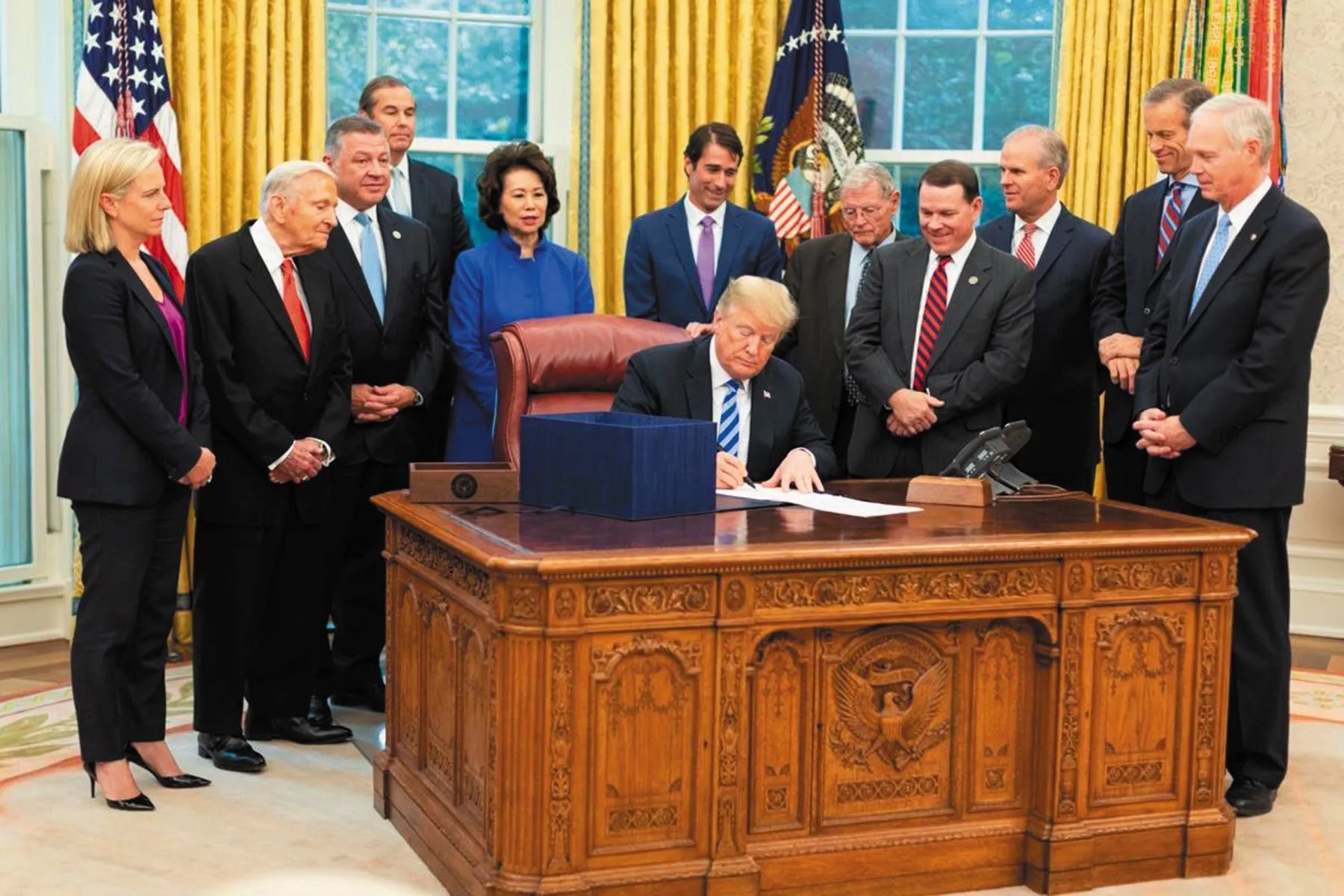
Flight Standards Reform
The Administrator must establish a Task Force on Flight Standards Reform. Membership will include representatives of general aviation, business aviation, flight schools, airlines, and UAS operators.
They are expected to identify best practices and provide recommendations to simplify and streamline flight standards regulatory processes, including issuance and oversight of certificates and reorganizing Flight Standards Services by function rather than geographic region.
Review of GA Safety
The FAA and NTSB will conduct a broad-gauge study of general aviation safety including all GA accidents since 2000. Study recommendations are intended to address GA safety issues, protect people and property on the ground, and improve the safety of GA operators in the U.S. It will fall to the FAA Administrator to act on the recommendations made.
System Improvements
The FAA will evaluate additional ADS-B ground stations for a minimum network in Alaska along major flight routes. Separately, the FAA is directed to develop an implementation plan to upgrade nonradar approach towers with departure and approach control radar.
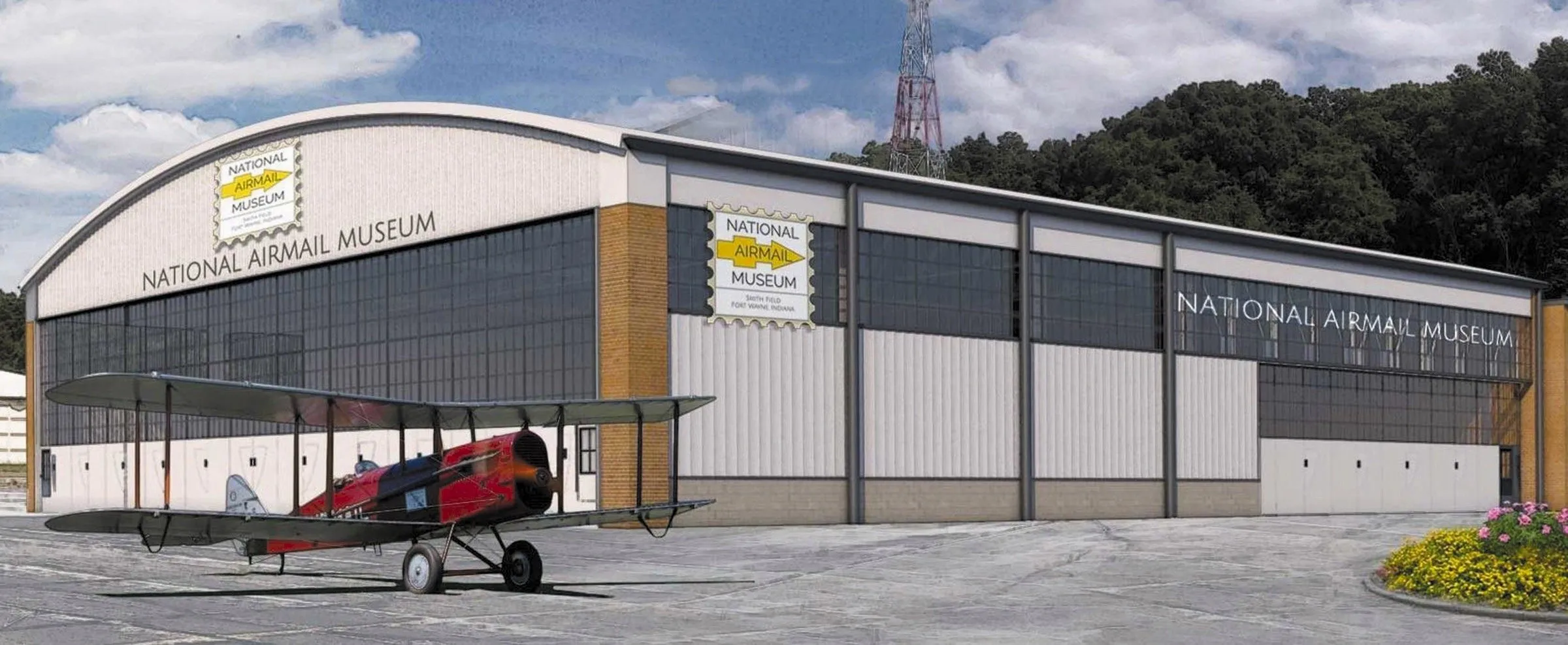
Expanding Pilot’s Bill of Rights
A pilot who receives a Notification of Investigation gains new leverage due to revised language specifying that it must now include not only the nature of the investigation but also “the specific activity on which the investigation is based.”
If the FAA issues an emergency order it must provide, on request, the releasable portion of the investigative report at the time the Administrator issues the order. If the complete Report of Investigation is not available at that time, they must issue all portions of the report that are available and provide the full report not later than five days after completion.
In a nonemergency proceeding, the FAA must provide the covered certificate holder the releasable portion of the investigative report.
If the FAA does not provide the releasable portions of a report by the time required, the individual may move to dismiss the complaint (with exceptions).
To defend themselves, pilots sometimes need information from the FAA, a contract tower or an FSS. These requests were often denied. The new law broadens the definition of a “covered flight record” to include any air traffic data created, maintained, or controlled by any FAA program, including any program carried out by FAA employees or contractors, such as contract towers, flight service stations, and controller training programs.
Reexaminations
“Before taking any action to reexamine an airman, the Administrator shall provide the airman a reasonable basis, described in detail, for requesting the reexamination and any information gathered by the FAA that the Administrator determines is appropriate to provide, such as the scope and nature of the requested reexamination, that formed the basis for that justification.”
Expediting NOTAM Updates
Pilots have been violated because NOTAMs that were supposedly available were not, including during preflight. If the NOTAM was not available, the FAA cannot take enforcement action pursuant to section 3 of the Pilot’s Bill of Rights (as amended).
Part 91 Review
A task force of general-aviation industry representatives who operate under Part 91, such as FAA aviation safety inspectors and engineers, manufacturers, and the Government will assess FAA oversight and authorization processes and requirements for aircraft under Part 91—essentially unchanged for many years.
The task force will make recommendations to streamline authorization and approval processes, improve safety, and reduce regulatory costs and delays for the FAA and aircraft owners and operators who operate under Part 91.
Pilots Sharing Flight Expenses
For years, private pilots have relied on 61.113(c) for guidance as to how expenses can be shared. Just take the total cost of the flight, divide it by the number of people aboard, right?
Wrong! The flight must also have a “common purpose” like flying to a destination desired by all aboard. This “gotcha” is not referenced in 61.113(c), but by a 2011 FAA chief counsel opinion.
The new law requires the FAA to make publicly available, in a clear and concise format, advisory guidance that describes how a pilot may share flight expenses with passengers in a manner consistent with federal law and regulation.
Mandated examples include flights for which pilots and passengers may or may not share expenses and the methods of communication that pilots and passengers may or may not use to arrange flights for which expenses are shared.
The FAA banned Internet ride-sharing web sites like AirPooler and Flytenow in 2014 because the FAA deemed that they were offering air transportation services. The new guidance will make clear to all what is permitted and what isn’t.
Aircraft Registration
The FAA is required to initiate rulemaking to increase the duration of aircraft registrations for noncommercial general aviation aircraft to seven years.
Volunteer Pilot Liability
In a long-requested change, the new law provides that no volunteer pilot is liable for harm caused by an act or omission, so long as that volunteer 1) is a member of a volunteer pilot nonprofit organization that arranges flights for public benefit, 2) at the time of the act or omission, the volunteer was operating an aircraft in furtherance of the purpose of the organization, and 3) was acting within the scope of the volunteer’s responsibilities on behalf of the nonprofit organization to provide patient and medical transport (including medical transport for veterans), disaster relief, humanitarian assistance, or other similar charitable missions.
Further, the volunteer pilot a) must have been properly licensed and insured for the operation, b) be in compliance with FAA recency of flight experience rules, and c) cannot have caused the harm through willful or criminal misconduct, gross negligence, reckless misconduct, or a conscious, flagrant indifference to the rights or safety of the individual harmed.
Student Outreach Report
Congress wants a report that describes the FAA’s existing outreach efforts, such as the STEM Aviation and Space Education Outreach Program, to elementary and secondary students interested in careers in science, technology, engineering, and mathematics (STEM). The objectives are to prepare and inspire students to take up aviation and aeronautical careers and mitigate an anticipated shortage of pilots and other aviation professionals.
Congress feels that the aviation industry should explore all opportunities, including pilot training, STEM education, and mentorship programs to encourage and support female students and aviators to pursue careers in aviation.
To encourage women and girls’ participation, the FAA will create and facilitate the Women in Aviation Advisory Board, to promote organizations and programs providing education, training, mentorship, outreach, and recruitment of women into the aviation industry.
Youth Access to Aviation Jobs
The FAA is directed to establish a Youth Access to American Jobs in Aviation Task Force. The Task Force will submit recommendations and strategies for the FAA to encourage U.S. high school students, beginning in their junior year, to enroll in and complete career and technical education courses, including STEM, that would prepare them to enroll in a course of study related to an aviation career at an institution of higher education, including a community college or trade school.
Prime objectives are to identify and develop pathways for students who complete such a course of study to enter registered apprenticeships, workforce development programs, or careers in the U.S. aviation industry. Recommendations and strategies devised will be submitted to both the FAA and appropriate Congressional committees.
The National Airmail Museum
In 1930, commercial airmail carriers began operating out of an airmail hangar at Smith Field in Fort Wayne, Indiana. It happens that the U.S. lacks a national museum dedicated to airmail, which was pivotal in jump-starting the growth of aviation.
To remedy that oversight, the law officially designates the airmail museum, housed in the airmail hangar, as the “National Airmail Museum.” Its purpose is to educate the public on the role of airmail in aviation history and honor the role of the hangar in the history of the nation’s airmail service.
Postscript
This comprehensive 462-page law is a fine effort and good for aviation. Conceived and passed by a wide bipartisan margin, this bill is a superb example of what Congress can achieve when they work together.
Fred Simonds, CFII is not even a jailhouse lawyer, but still can appreciate this bill. See his web page atwww.fredonflying.com.

